Market Trends
Key Emerging Trends in the Luxury Jewelry Market
Expansion in Emerging Markets: The desire for luxury jewelry isn't confined to traditional markets alone. Emerging economies like China and India have seen a remarkable rise in their middle and upper-middle-class populations, accompanied by increased disposable incomes. These regions exhibit a strong inclination towards luxury goods, including jewelry. As more individuals in these areas aspire to own top-notch and stylish luxury jewelry, the demand for pieces plated with rhodium is poised for significant growth.
Emphasis on Sustainability and Ethics: Growing awareness of ethical and sustainable practices is steering consumers towards more conscientious choices in their jewelry materials. Rhodium plating emerges as an appealing option from an ethical standpoint. Unlike some precious metals like gold or diamonds, rhodium is not associated with conflicts, making it a more ethically sound choice. This ethical appeal can serve as a selling point for luxury jewelry brands, leading to an upswing in the demand for rhodium-plated pieces.
Advancements in Recycling Technologies: Considering the scarcity of rhodium and its pivotal role in various industries, progress in recycling and recovery processes holds promise for the rhodium market. Improvements in the efficiency and effectiveness of rhodium recovery from diverse waste streams, including spent catalysts, can bolster the supply of rhodium. Innovative recycling technologies capable of economically extracting rhodium from secondary sources may contribute to meeting the escalating demand while lessening dependence on primary production.
Enhanced Process Efficiency and Cost Reduction: Technological strides that enhance the efficiency of processes involving rhodium can exert a positive impact on the rhodium market. This encompasses advancements in refining and purification techniques, minimizing losses during production, and elevating overall process efficiency. Moreover, research and development endeavors focusing on cost reduction, such as the creation of alternative catalysts with performance comparable to rhodium but at a lower cost, can significantly influence the demand for rhodium.

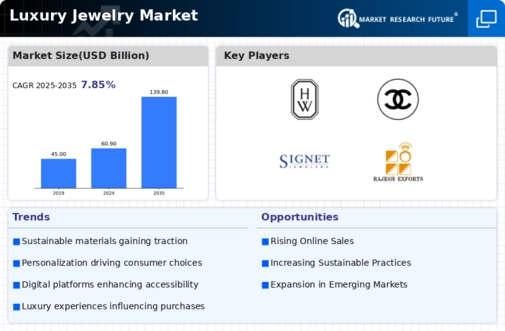
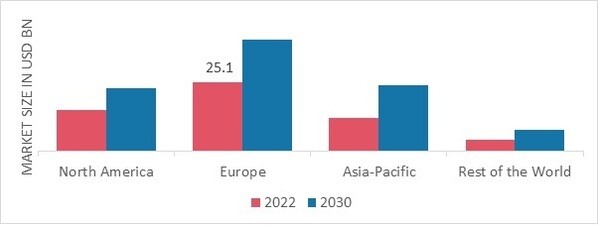
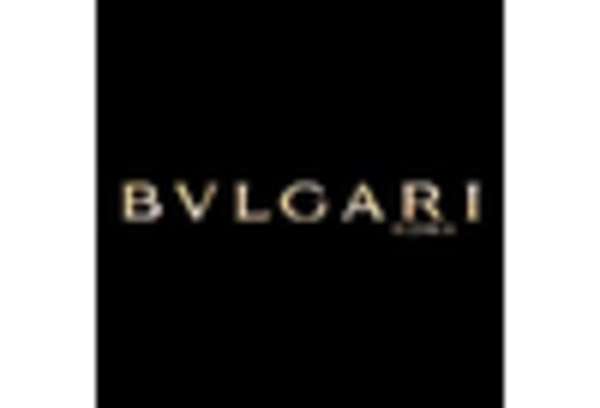
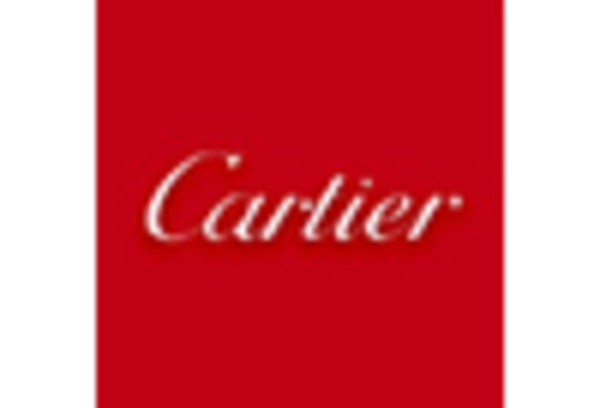
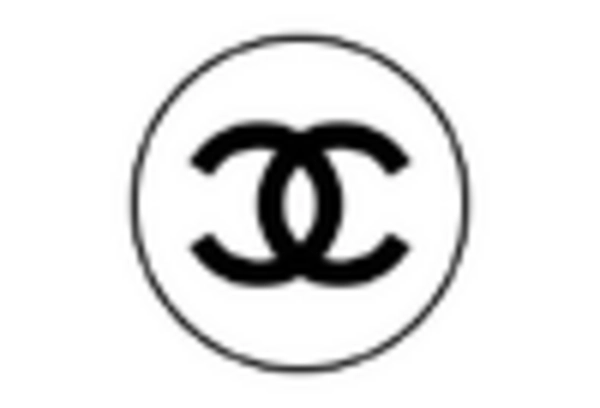
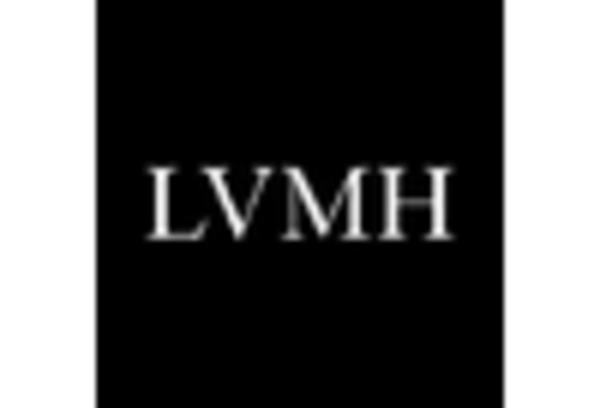
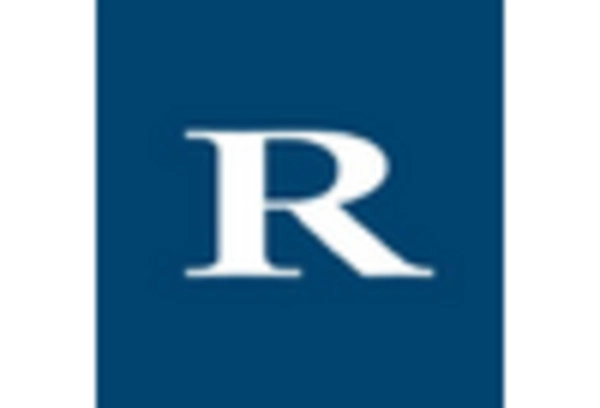
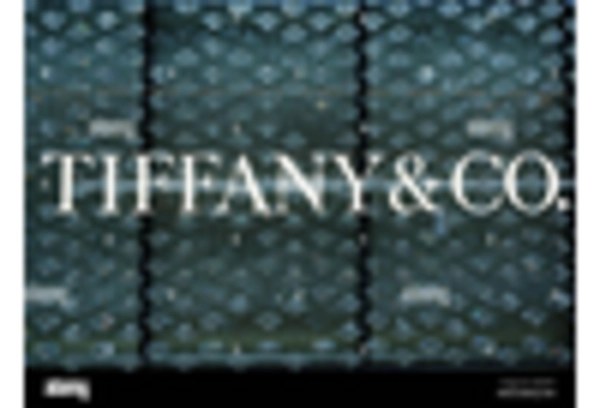

Leave a Comment